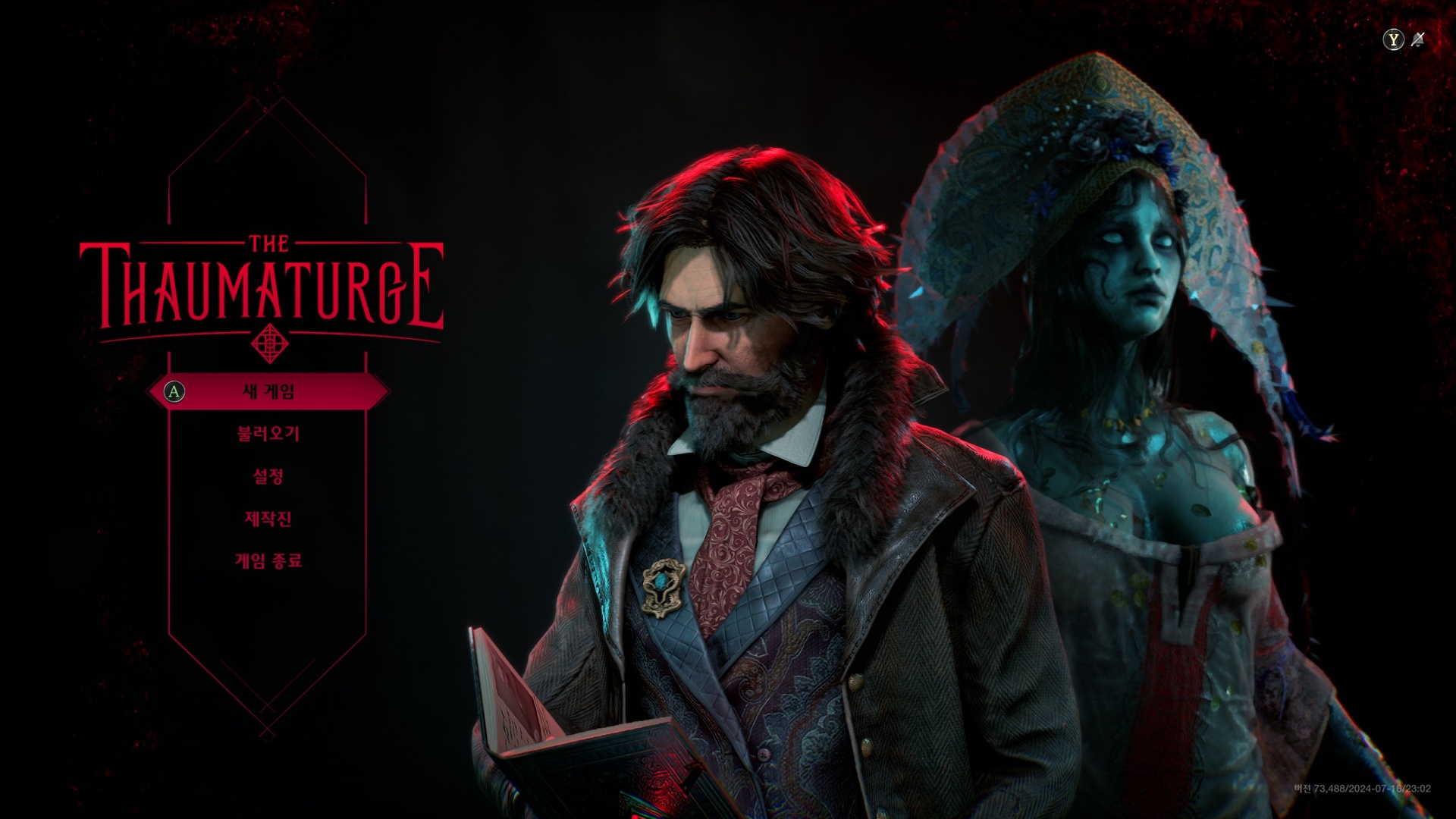
The reason I decided to play this game was because it was included in Humble Bundle Choice. I was curious about Eiyuden Chronicle: Hundred Heroes, which was also included in the Choice bundle, so I bought the bundle. However, since The Thaumaturge had decent Steam reviews, I ended up trying this one first.
What I Liked About the Game
Unique turn-based system
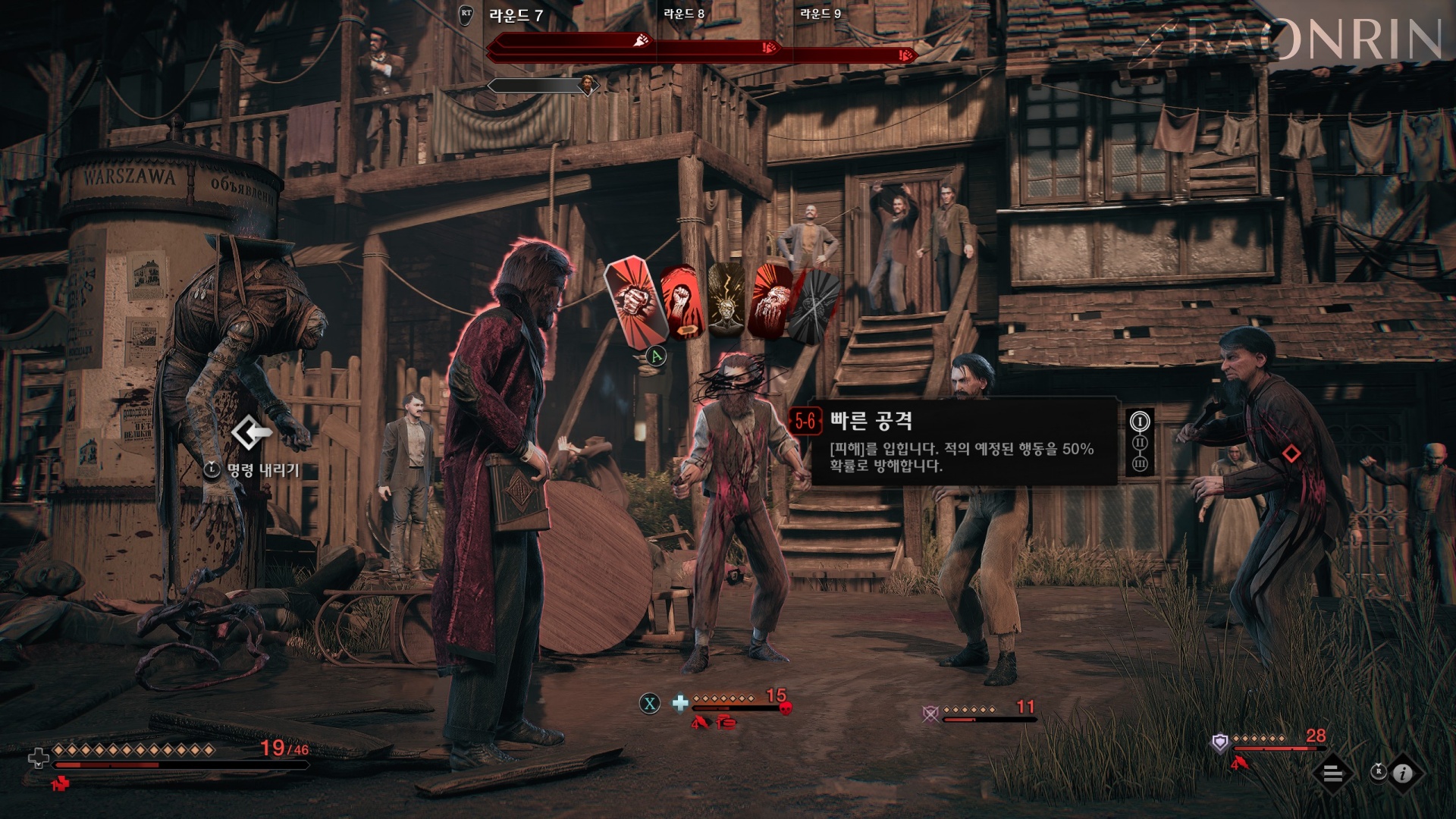
Each attack has its own speed rating, so you need to consider timing carefully. There’s also a variety of attack types available. You must choose wisely whether to deal direct damage, break the enemy’s focus, or inflict bleeding effects. Enemies also have different types—some have high defense that makes physical attacks ineffective, while others are immune to bleeding. You need to analyze enemy types and adapt your attack strategy accordingly.
Unique Worldbuilding
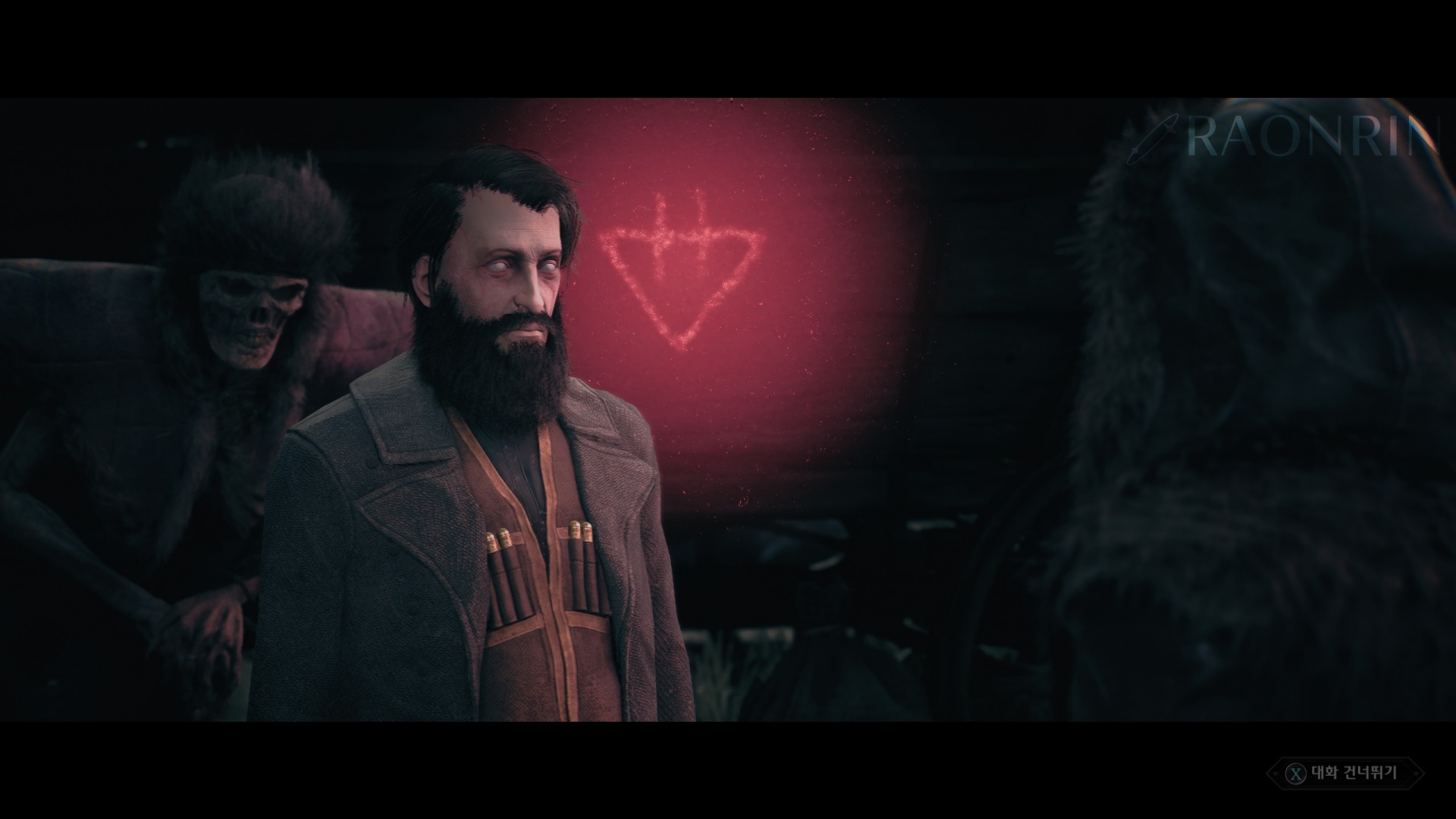
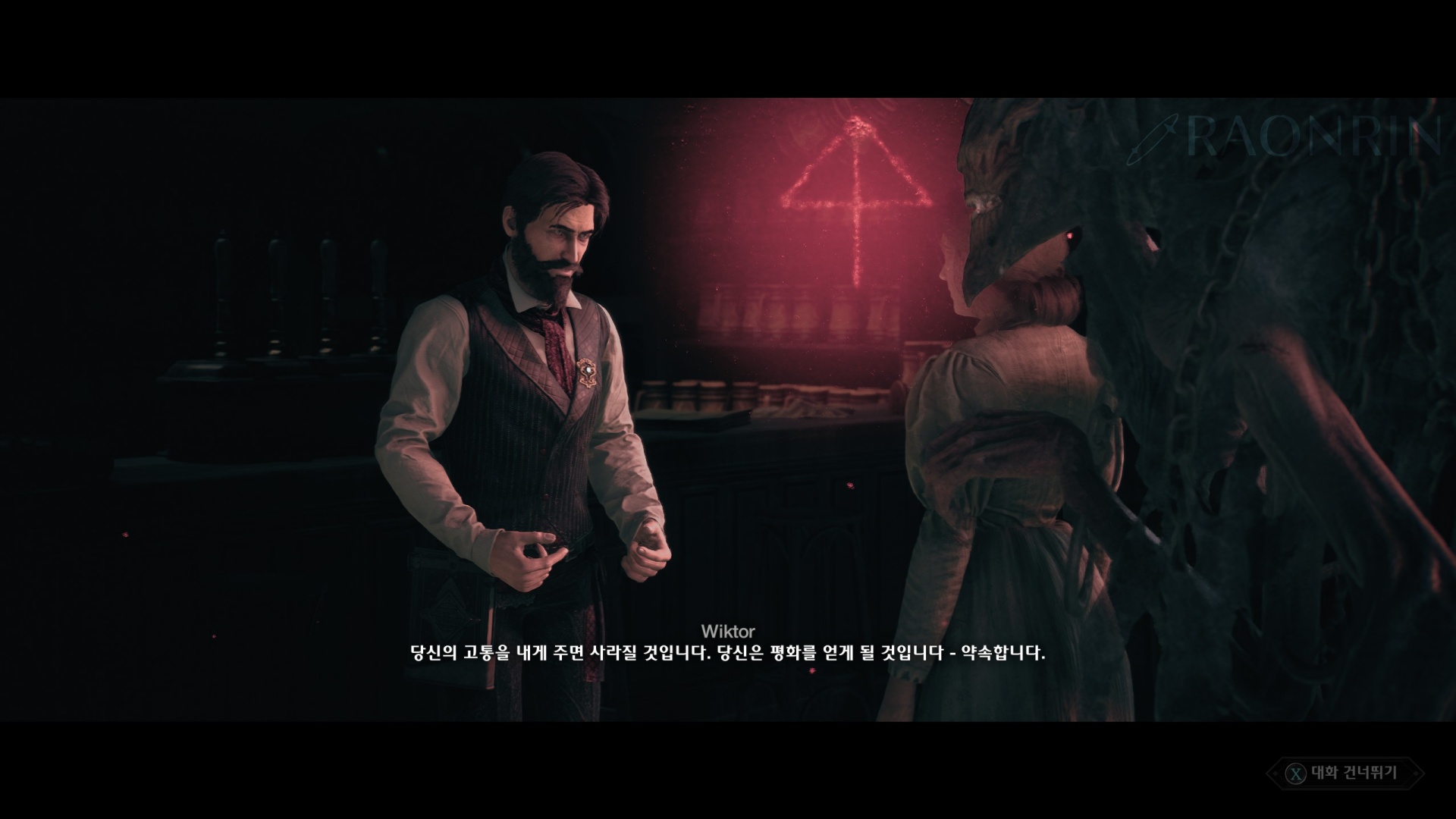
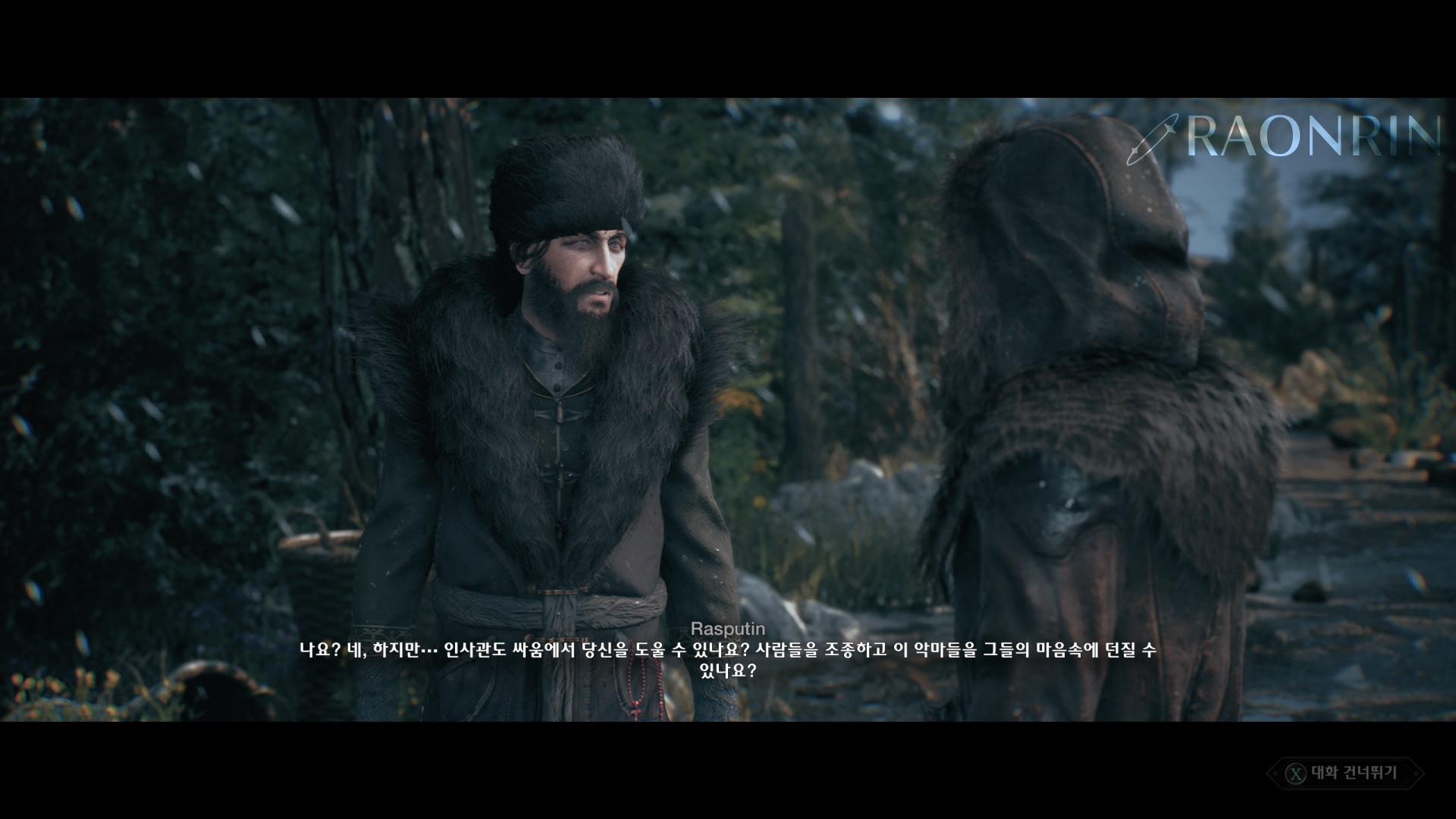
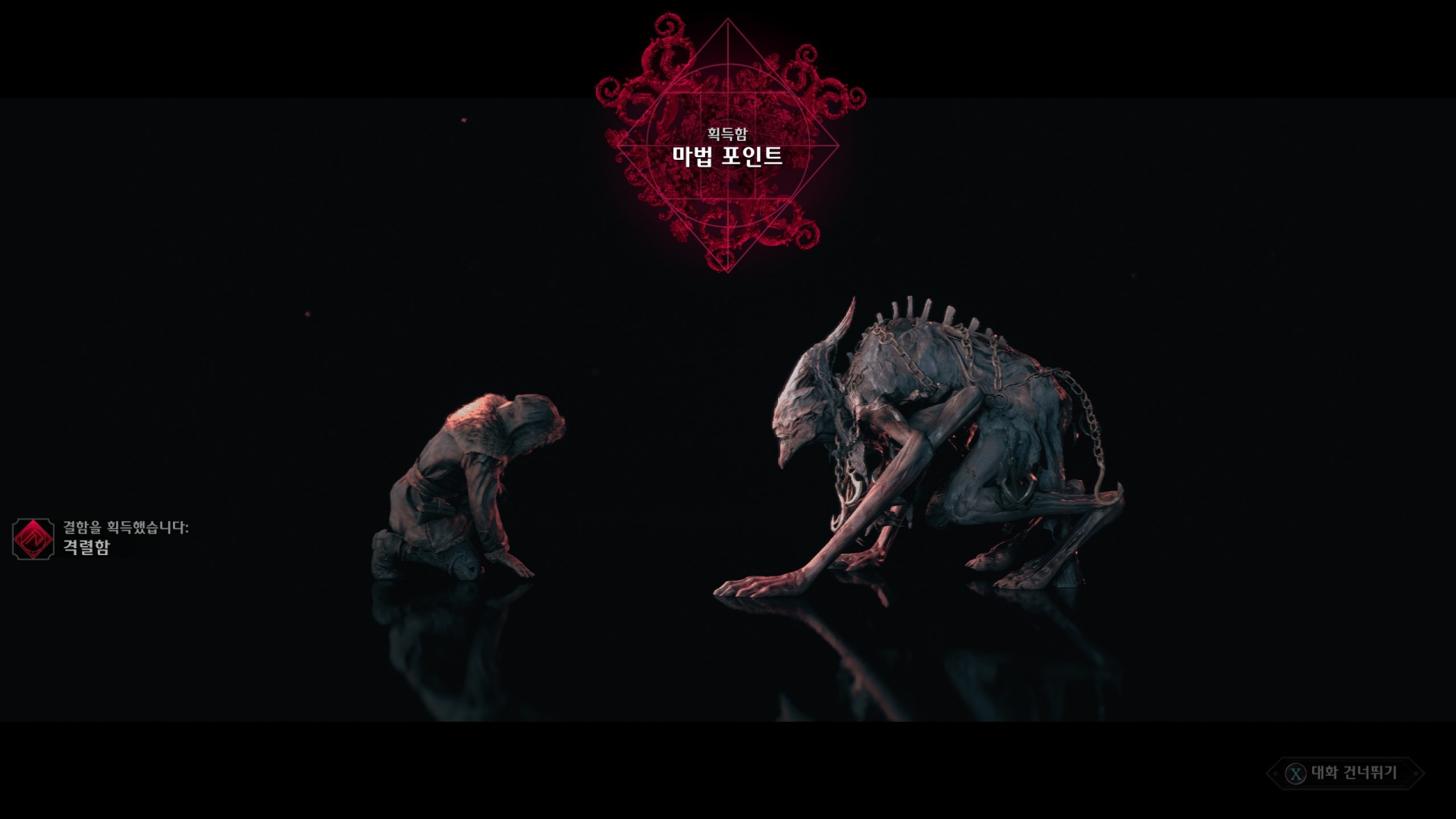
The Player is a sorcerer who commands Salutors, receiving their assistance in combat and occasionally using them to manipulate people. These Salutors can be tamed and harnessed as the player’s own power. The Wiktor, as a thaumaturge, fights by taming and commanding these Salutors.
You can tame a basic set of four Salutors, with the possibility of taming four additional ones. if you can find them !
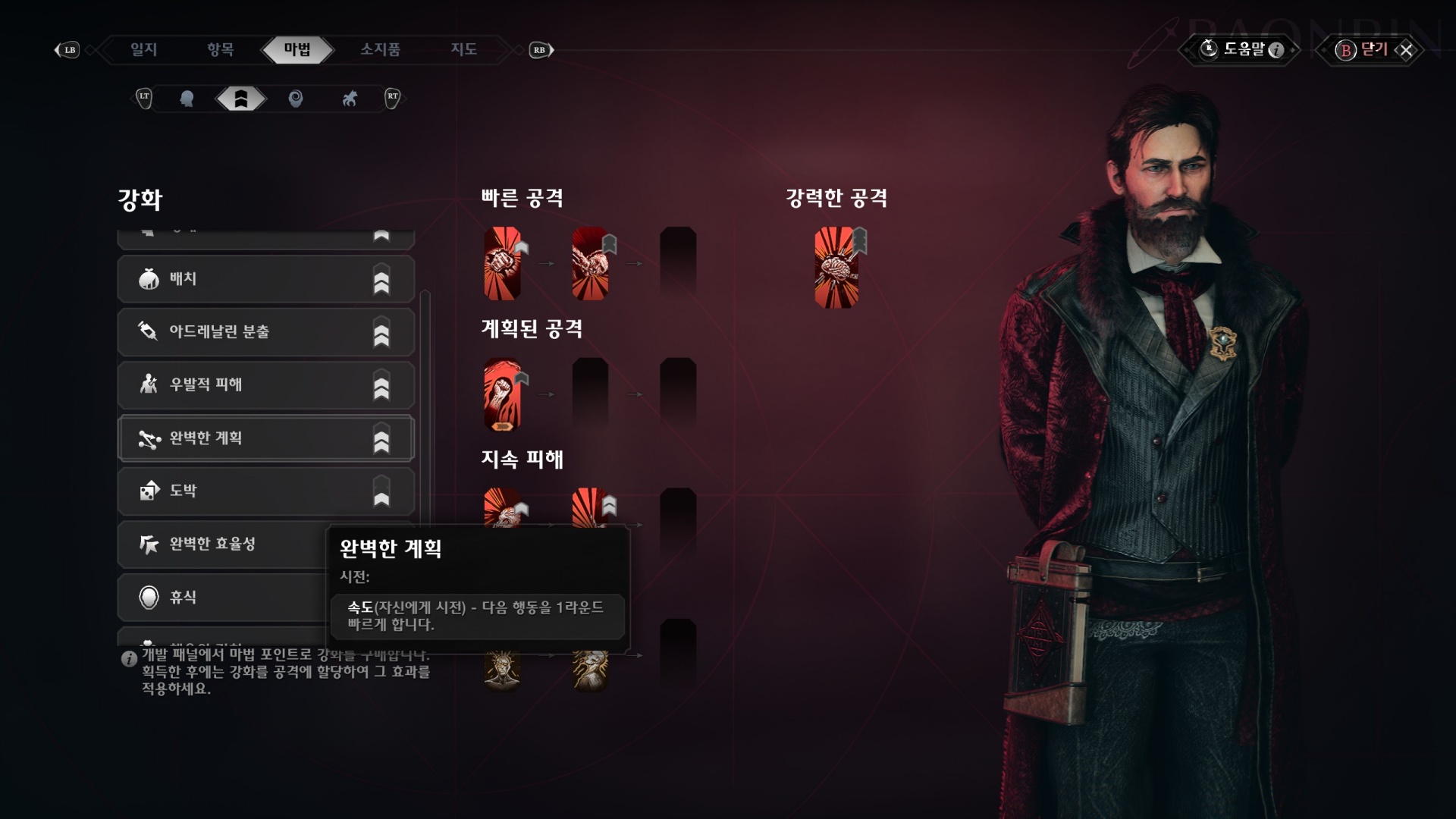
Tamed Salutors can grant effects to Wiktor’s attacks when you level up their abilities. This allows for various combat combinations and strategies.
Navigation so clear, you’ll never get lost.
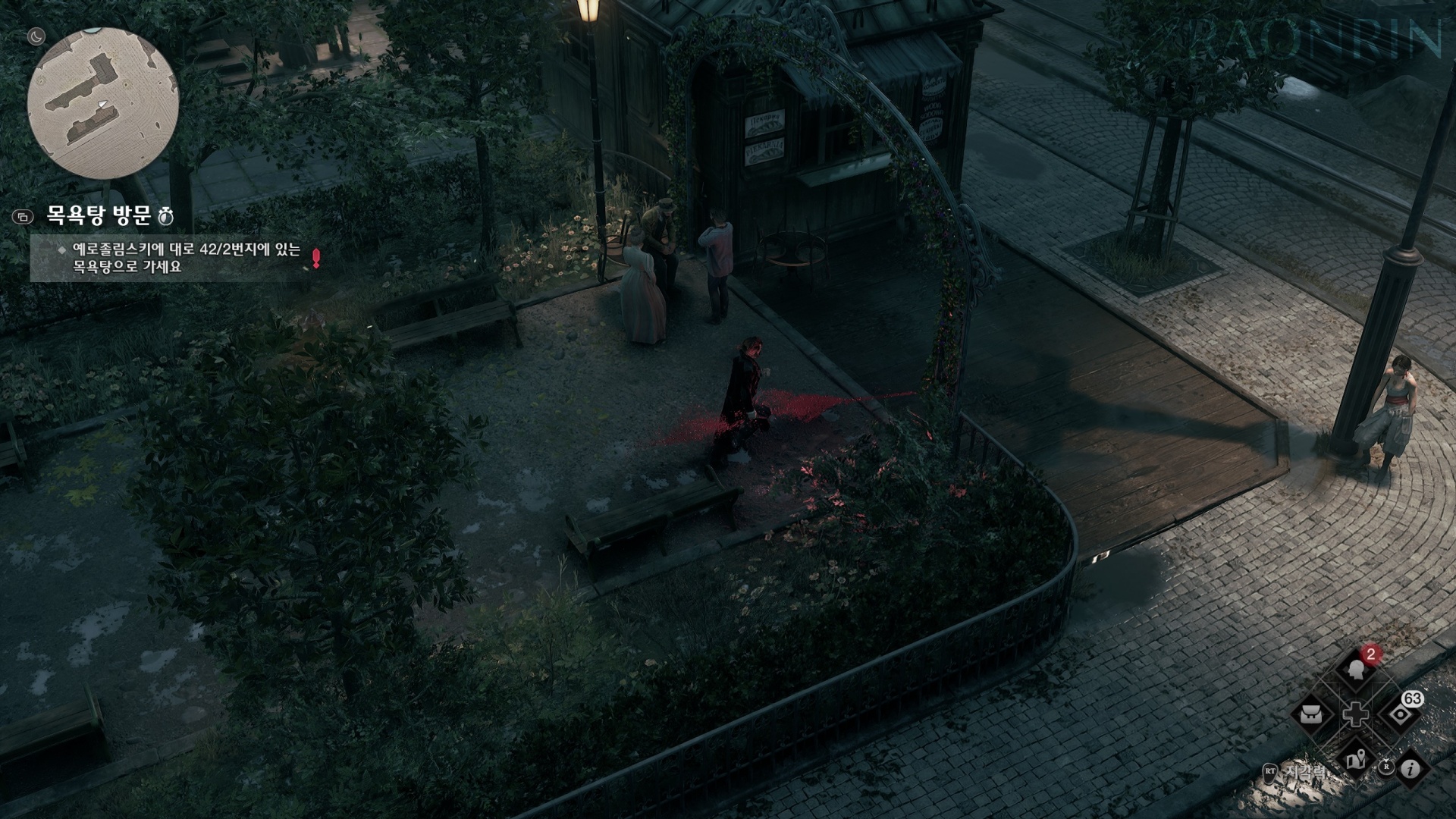
While there’s the downside of having to constantly press the button to check which direction to go, as someone who gets lost quite frequently in games… I’m just grateful that this feature exists at all, so I’m counting it as a positive.
Line-by-line dialogue skipping
I thought this was an obvious feature that every game should have, but after playing Immortals of Aveum, I realized that maybe it’s not as standard as I assumed—so I’m including this as a positive as well. The reason this feature is important will become clear in the downsides section below.
What I Disliked About the Game
Combat Loses Interest After the Beginning
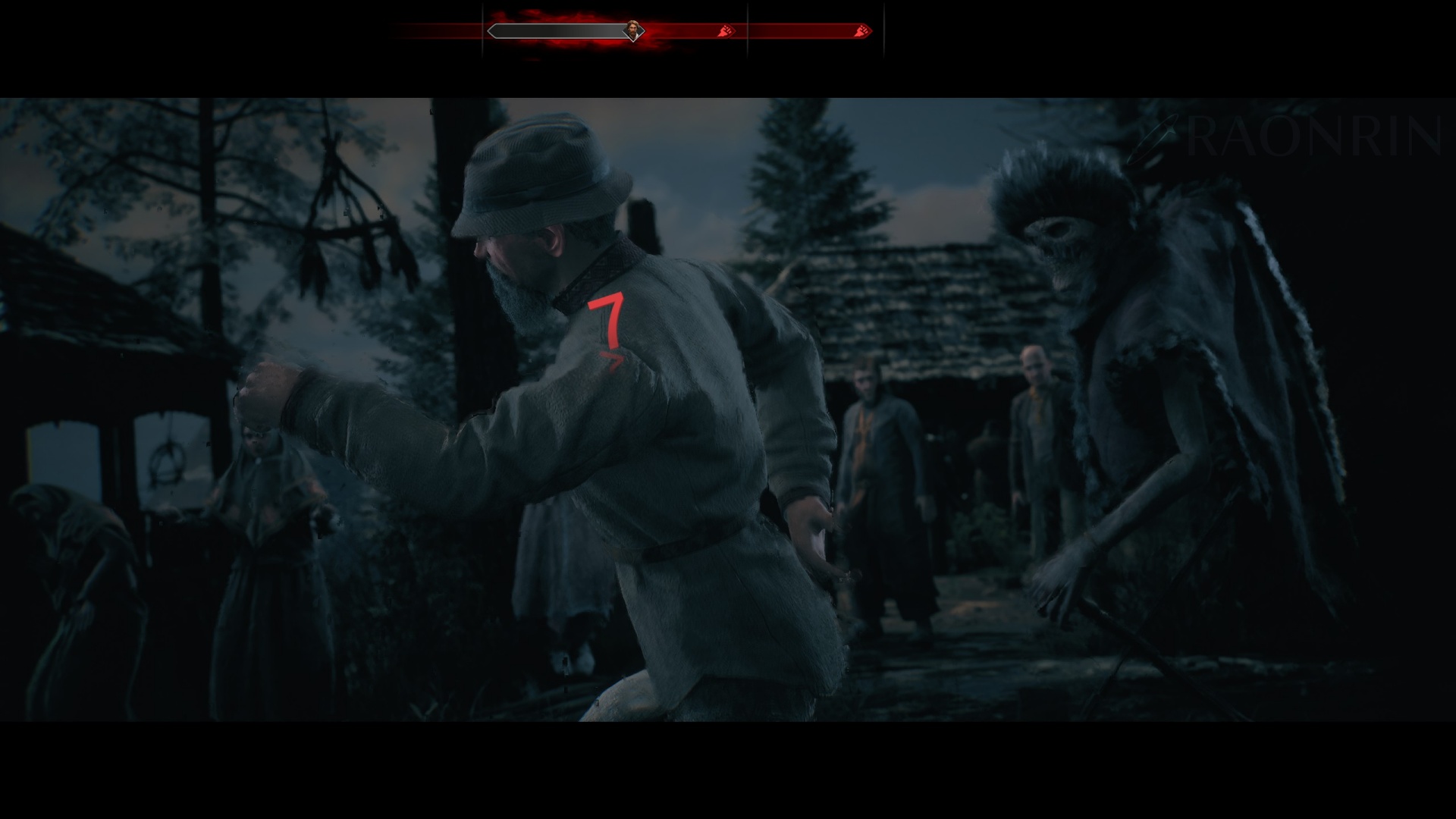
Initially, the combat system is intriguing because it’s something new… but once you adapt to it, some Salutors have completely useless abilities while others have well-rounded, decent abilities, so you gradually end up using only the same ones repeatedly.
The combat system makes it difficult to win by simply brute-forcing with damage. As you progress, enemies increasingly rely on status effects, and if you’re not careful, you’ll see Wiktor losing half his HP each turn just from debuffs. So Wiktor also needs to fight back using status effects. Early on, focus break is useful, but later it takes way too many hits to actually break an enemy’s focus. In the end, I switched to a bleed-focused build. Once you go all in on bleed, you can deal over 20 damage per turn consistently, so I ended up relying on it against almost every enemy—except for those immune to it.
Another tedious aspect is that while you can experiment with various combinations early on, in the late game enemies apply so many status effects that you’re forced into a repetitive cycle: bleeding → status removal → healing → bleeding → … This pattern becomes increasingly monotonous.
Additionally, among the Salutors you can obtain later, there’s one that deals good damage, has high speed, and can heal in just one turn. Once you get that one, all the other Salutors become even more useless.
Mediocre Graphics and Cutscenes
It’s not bad enough to call it “terrible,” but considering this is a 2024 release, the graphics definitely can’t receive a high score.
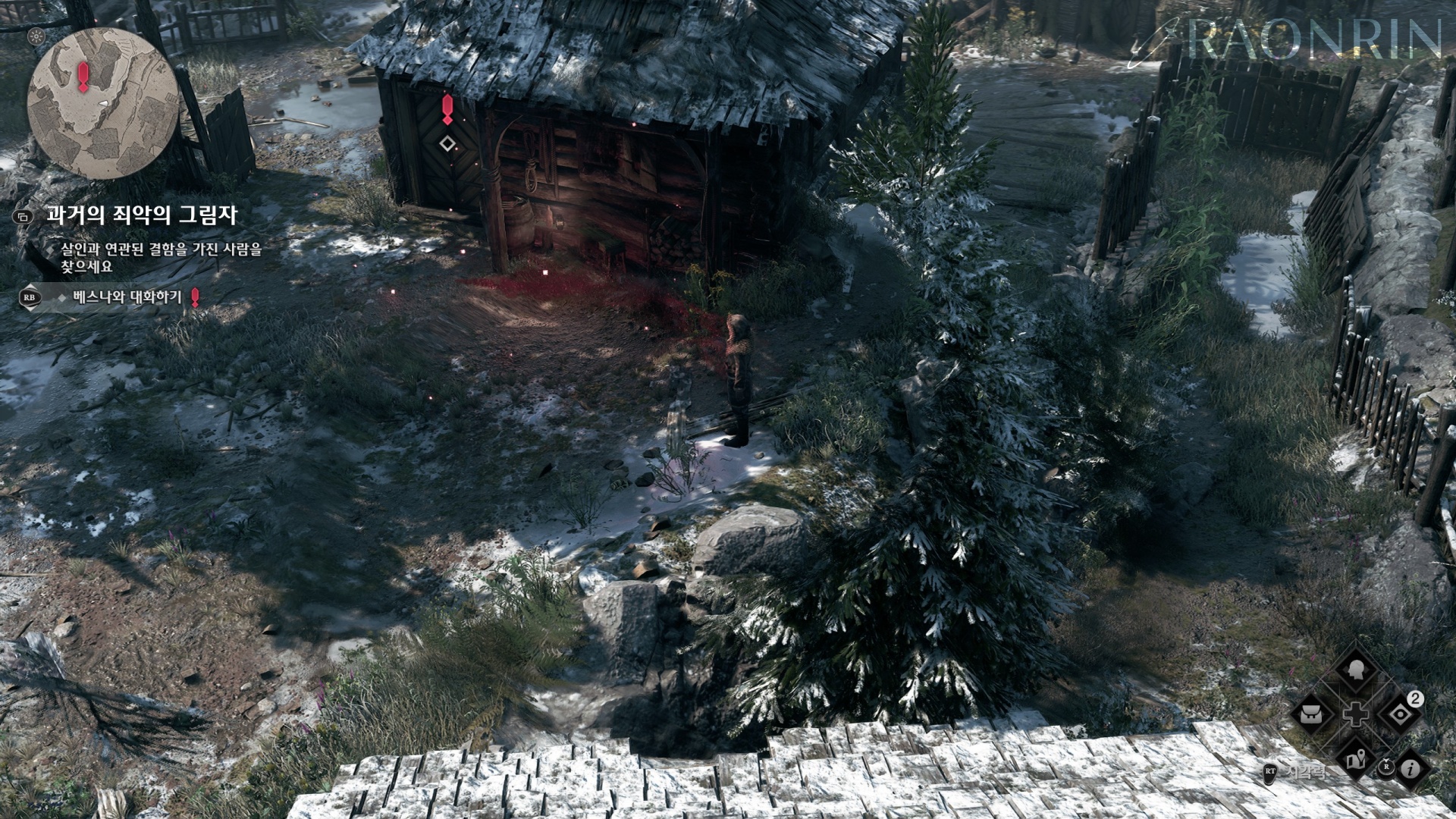
This is on the highest settings too.
At a glance, the textures in the background seem decent enough—but once the poorly made character models come into view, you can’t help but wonder what went wrong with the graphics.
Looking at just the backgrounds, the textures seem decent and acceptable, but combined with the poorly made character models, there are moments I really wonder why the graphics look like this.
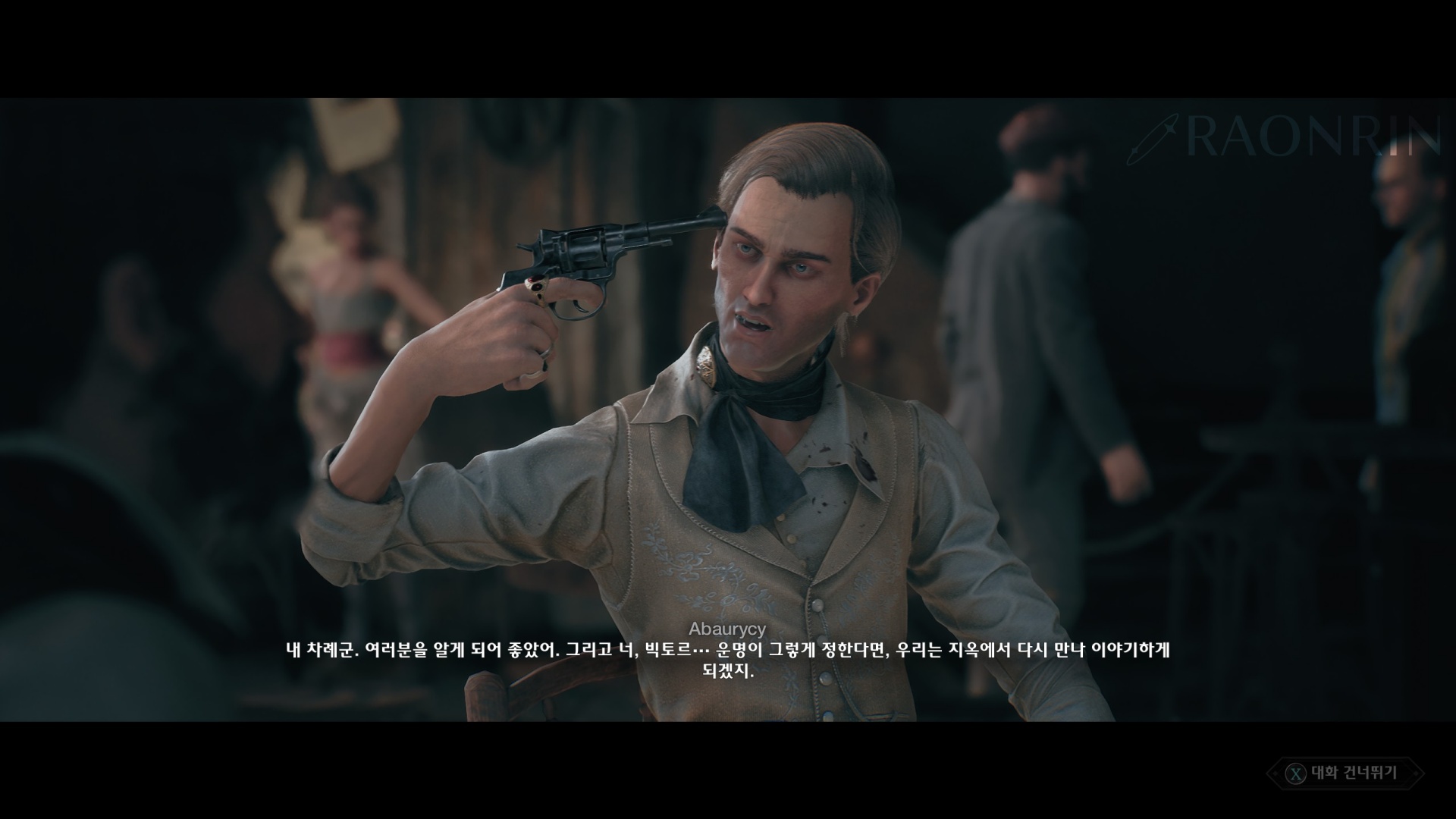
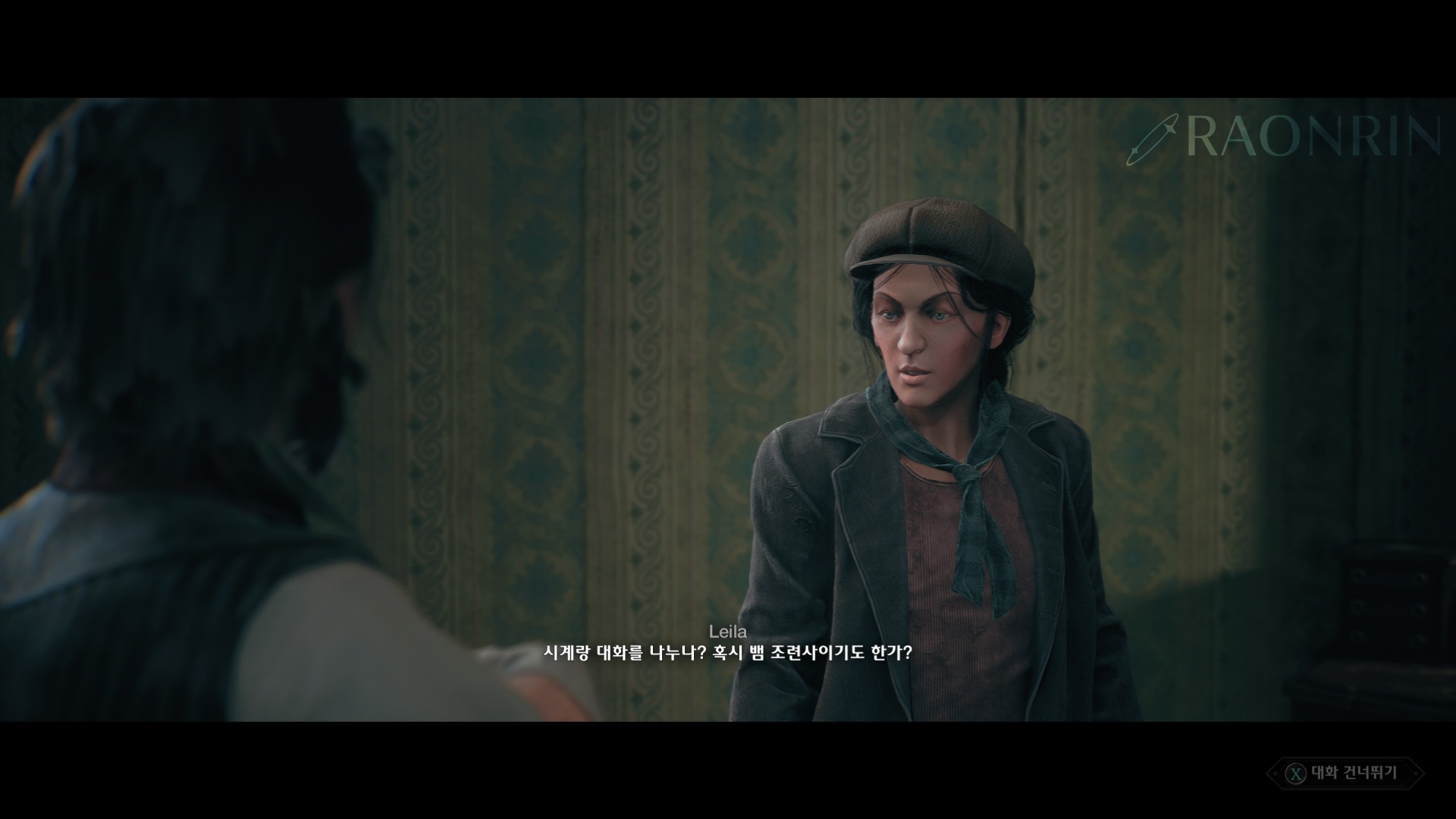
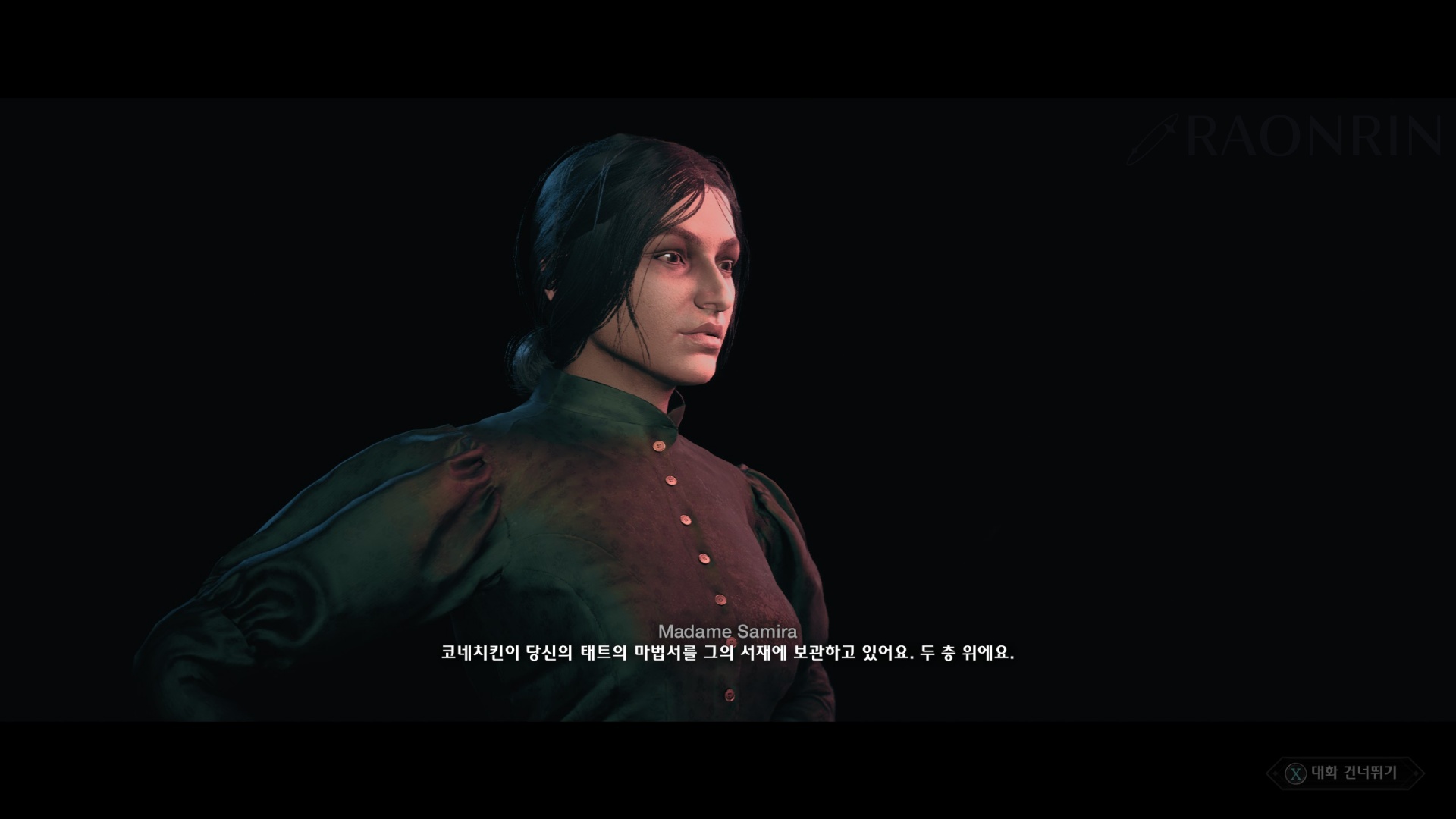
The facial textures are also weird, but the eyelid modeling is the worst. Not only are they strangely angular, but in scenes where characters close their eyes, instead of the upper eyelid coming down naturally, they forcibly push the lower eyelid upward… it made me wonder… who was in charge of the art…
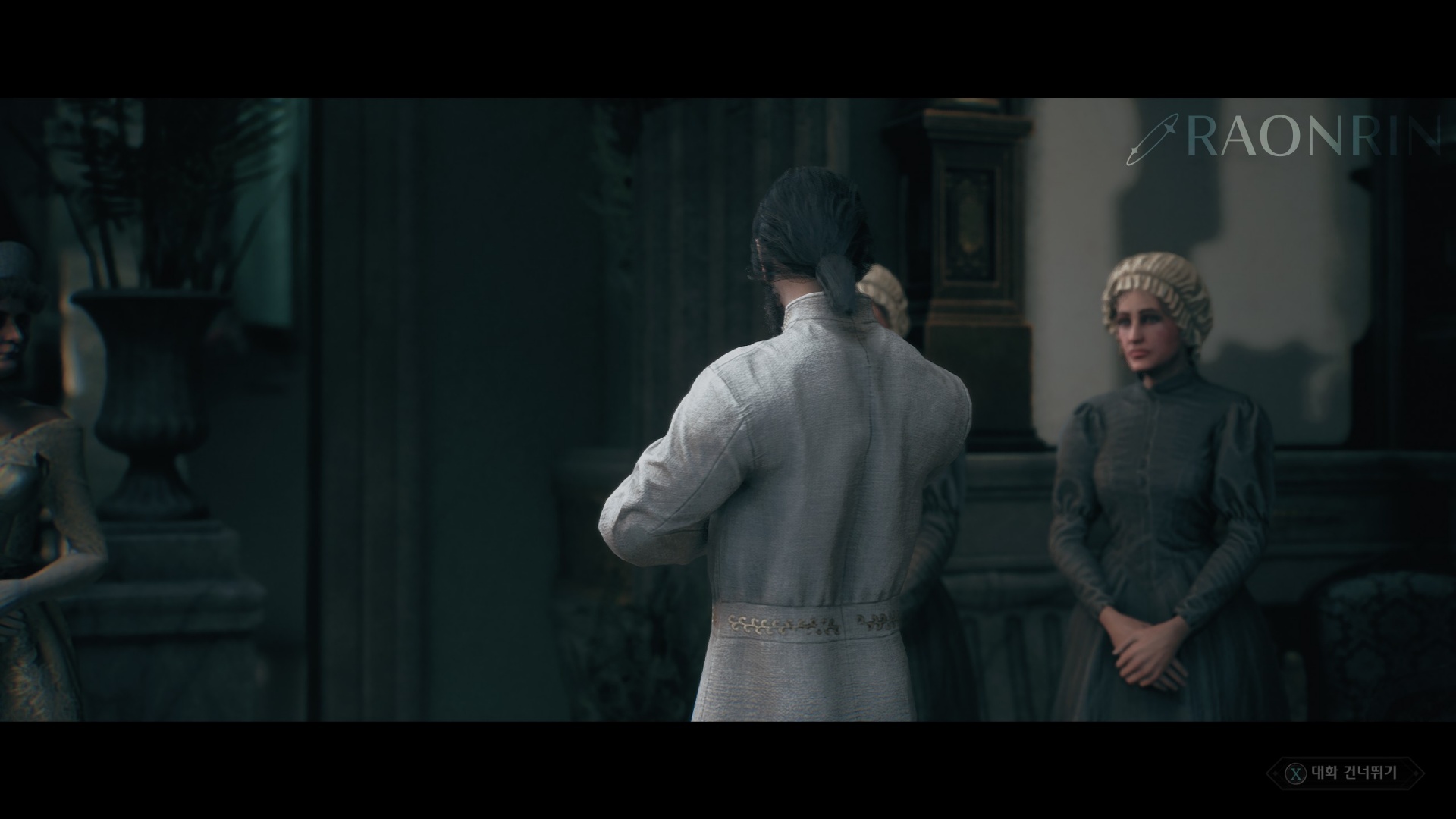
While hair physics isn’t necessarily essential(?), most games nowadays do pay attention to this kind of detail, so having hair that’s just static modeling without any movement and remains completely stiff was quite jarring. And they claim this is Unreal Engine 5?
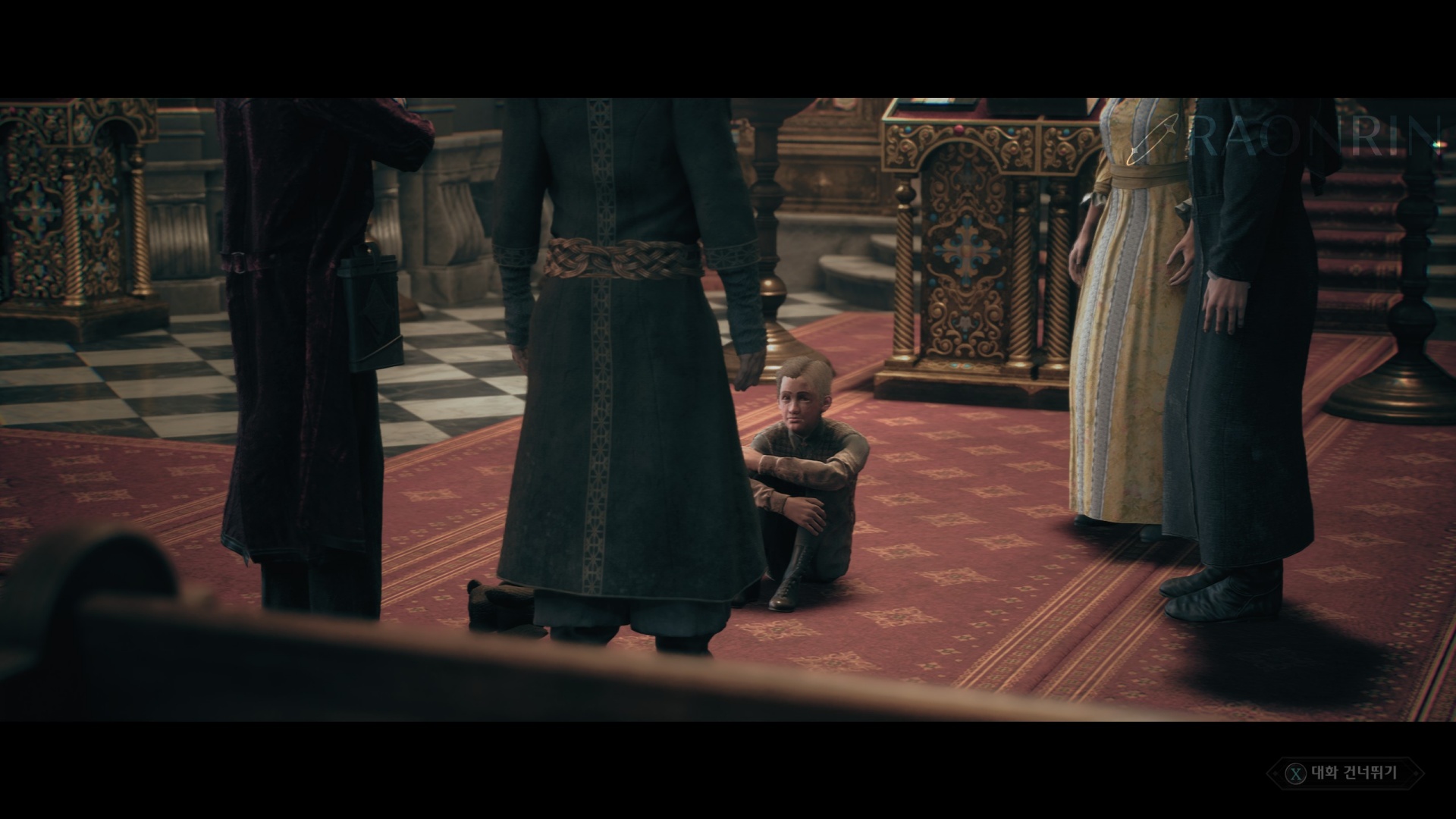
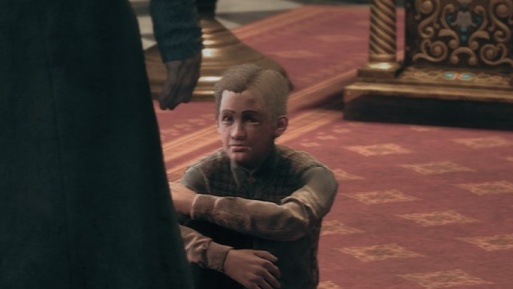
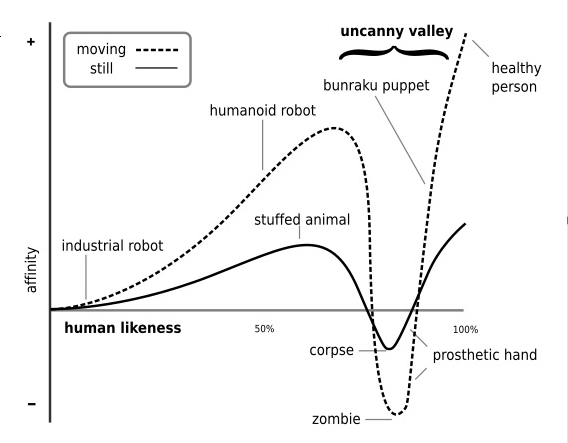
Furthermore, the animations are genuinely stiff. While I could tolerate the ugly character modeling, when you add stiff character animations on top of that, you really feel the uncanny valley effect. The modeling and animations are so awkward and create such an unpleasant uncanny valley that I ended up skipping cutscenes after just reading the dialogue.
Thank goodness there was a skip function.
Looking through screenshots, I wonder if this might be a problem caused by using the same character models for cutscenes as the ones used for the top-down map view when walking around, without proper LOD settings for frequently appearing characters…? Surely… even The Sims, which came out 10 years ago, had that level of optimization, so there’s no way a game released in 2024 would have that issue, right? They probably just made the characters incredibly poorly…?
The most memorable animation for me was the bleeding effect animation, which I saw constantly because I used a bleeding build and kept applying bleeding effects to enemies—it was genuinely awkward. They just attached weapons to the right hand, so when characters clutch their heads, the weapon stays glued to their hand as they grab their head with that same right hand… It was one of those things that subtly bothered me throughout the entire game.
Slow Movement, and Even Slower ‘Fast Travel’
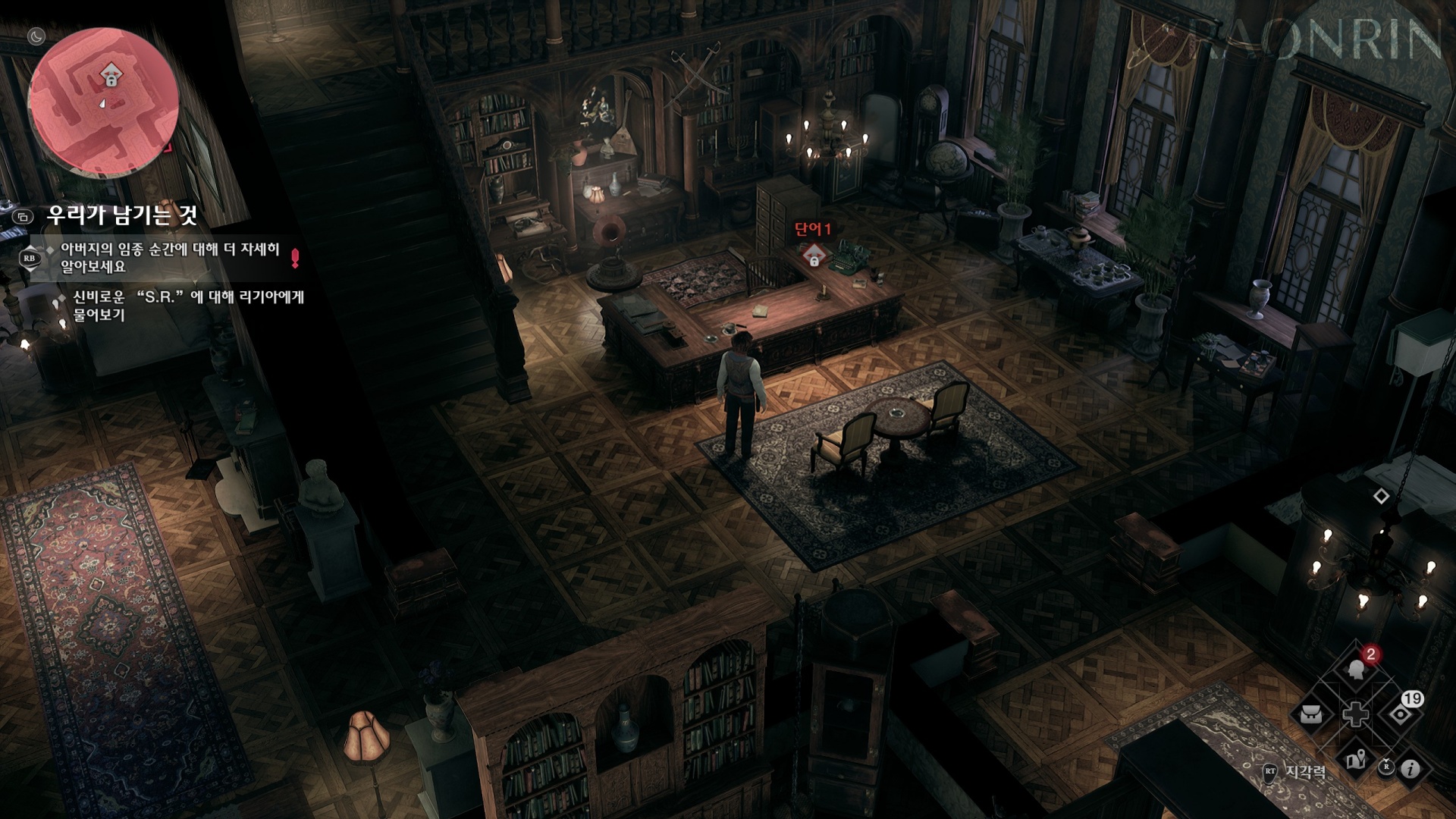
I couldn’t believe there might not be a run function, so I tried pressing various buttons… but it genuinely doesn’t exist. Fast travel is only possible after walking to a carriage within the map, which makes it incredibly frustrating.
Small Maps
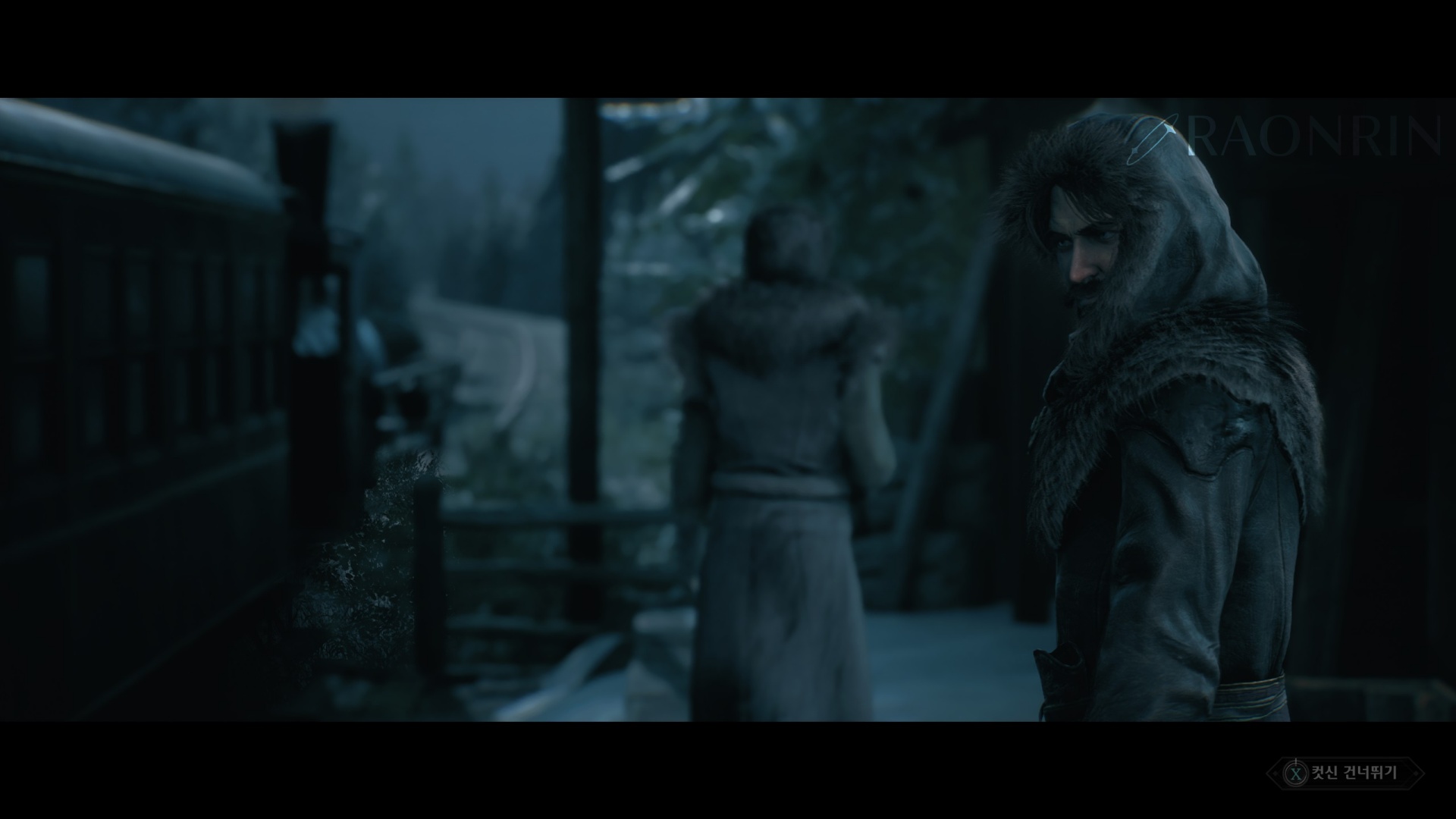
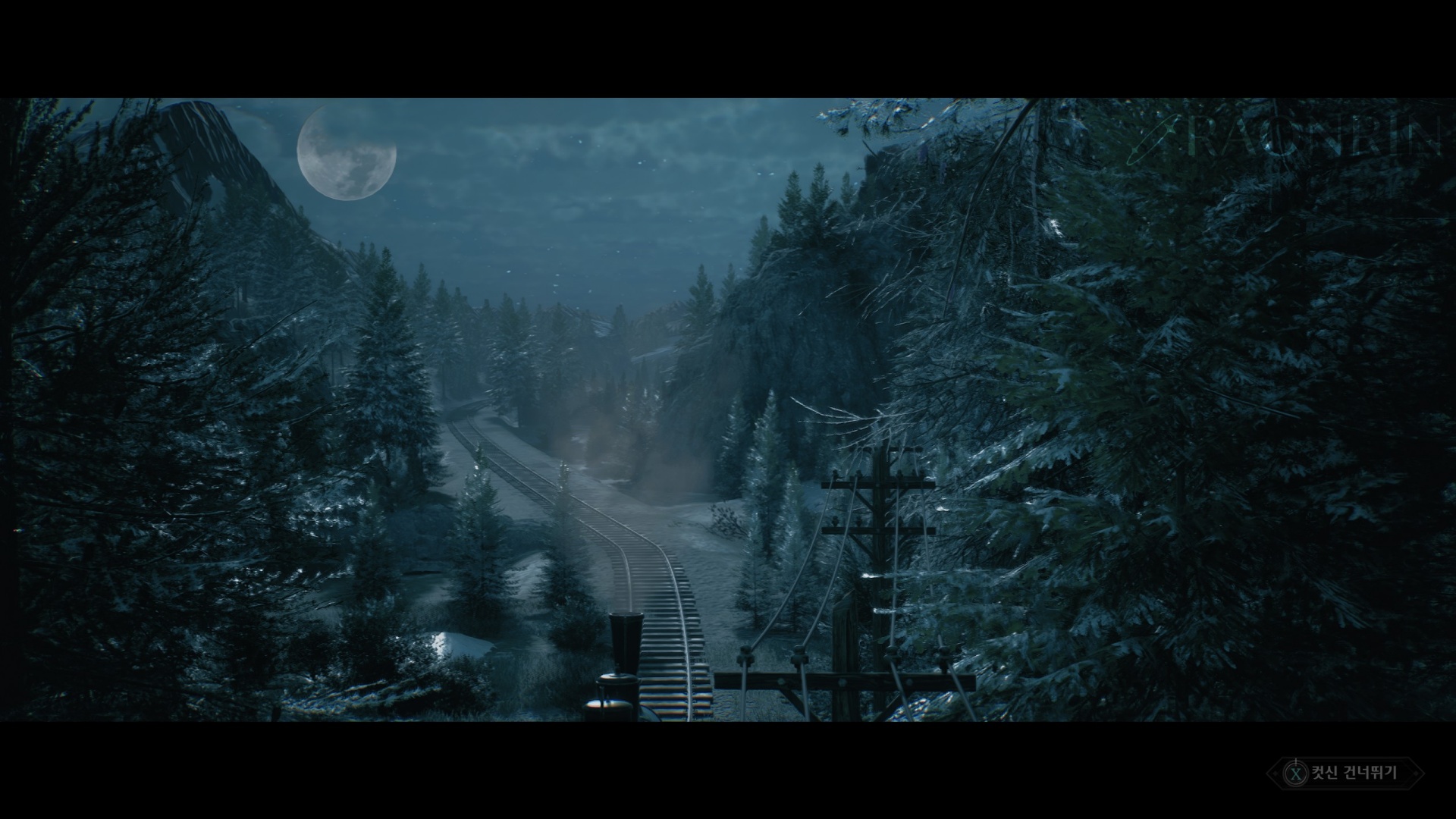
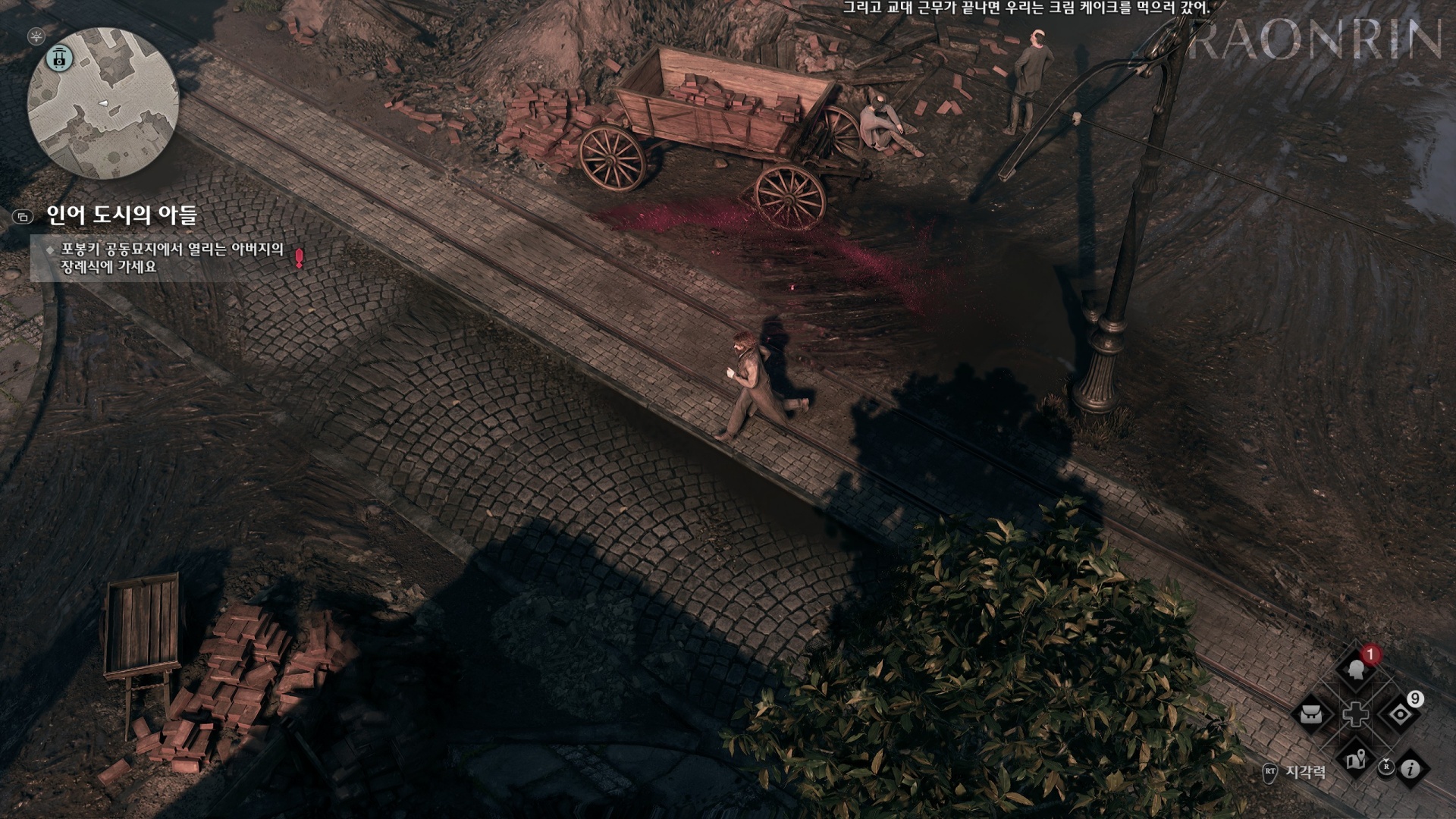
Early on, you quickly move from the starting village to the next map, Warsaw. Initially, since this is a game priced at $35, I expected a lengthy story and thought there would be more maps later on, but Warsaw is the end. While Warsaw is divided into several districts that you can travel between, each map doesn’t have much distinctive character—they’re basically split between wealthy areas and poor areas. Meanwhile, the slow movement speed makes traversing these maps feel incredibly frustrating.
Useless and Unengaging Side Quests
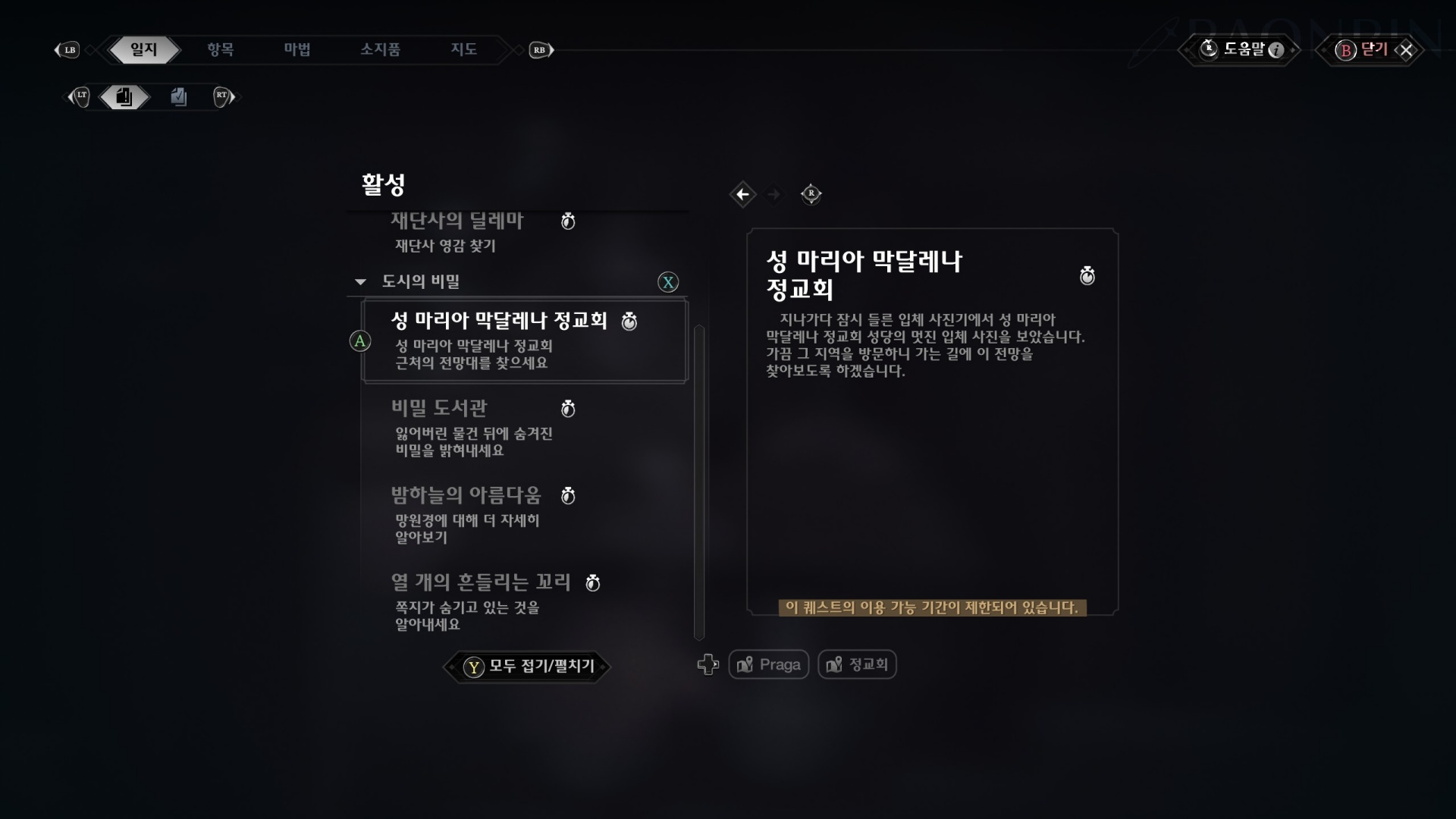
The side quests, with only a few exceptions, consist of exploring the city’s secrets. These city secrets are…
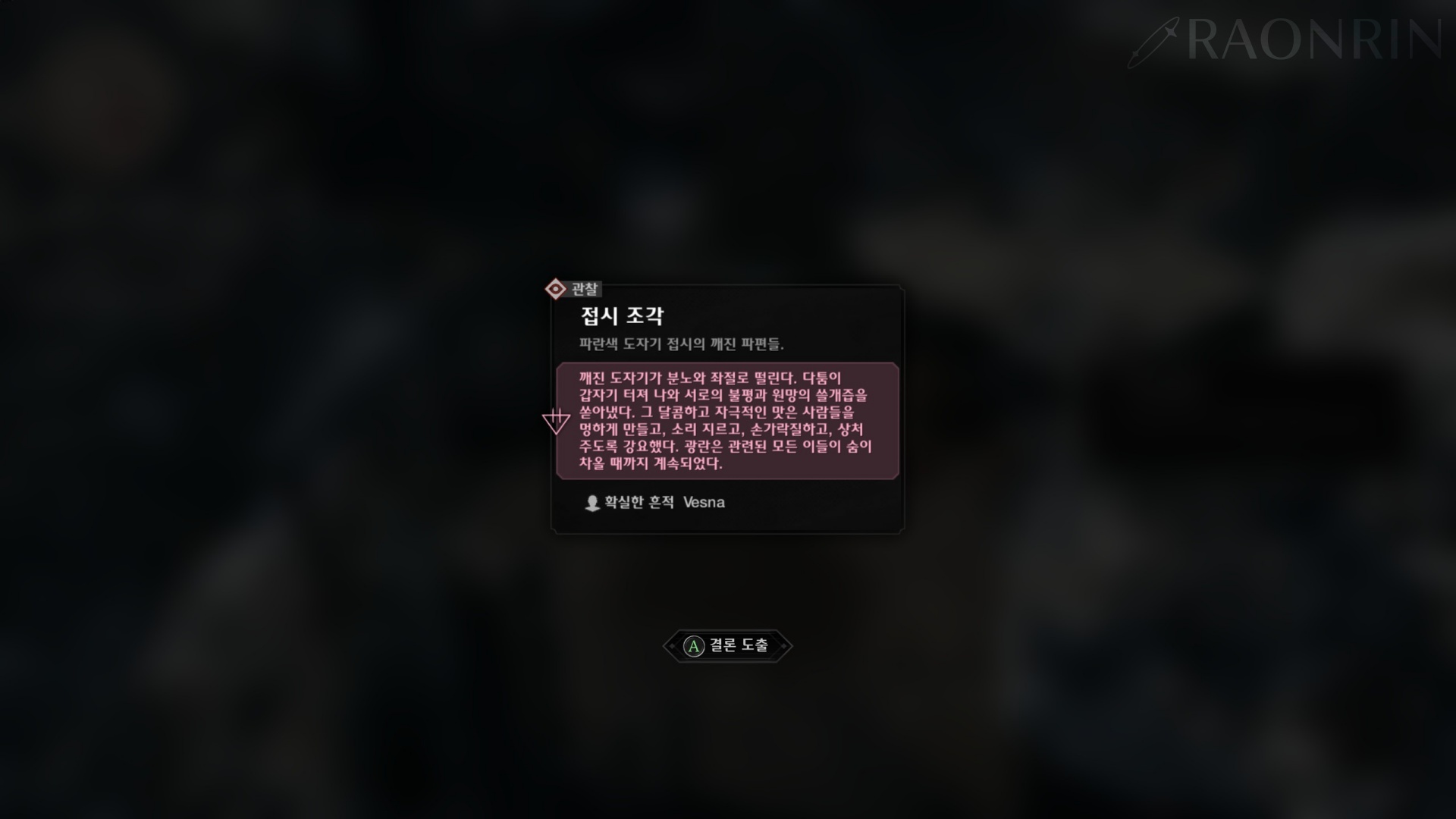
finding clues, and
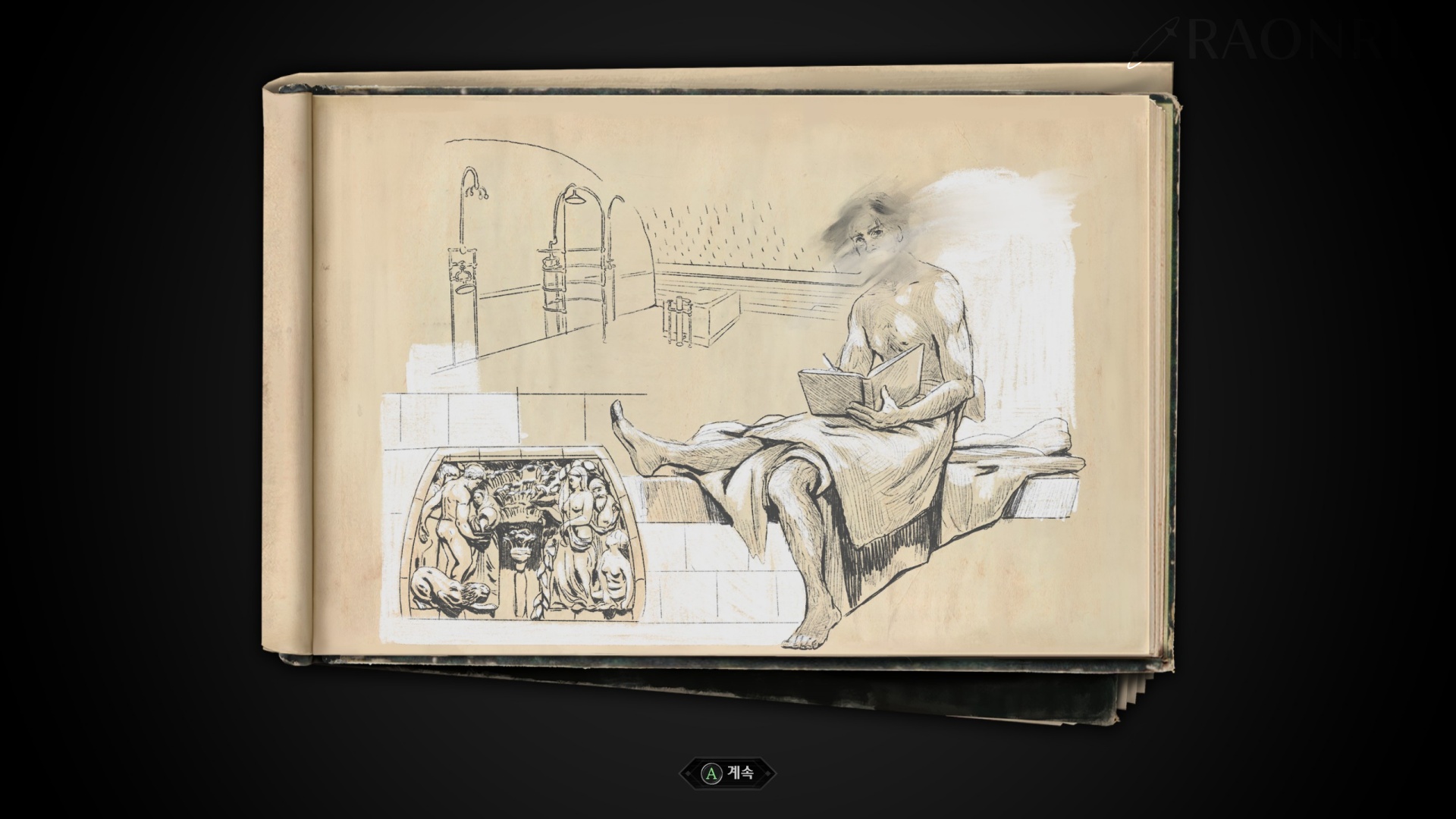
When you find them, it shows you a single picture like this. If it’s meant to showcase Warsaw’s culture, I suppose that’s understandable, but the problem is that with this game’s slow movement speed and fast travel only available from carriages, the side quests have no real content and are simply “running around the map” quests. The only reason I did them was because I need to collect experience points this way to unlock Salutor abilities. Initially, I approached it as just sightseeing around the city, but when all the aforementioned downsides—mediocre graphics, small maps, slow movement speed, slow fast travel, etc.—combine together, it becomes genuinely tedious. I eventually gave up partway through, so I never obtained 2 of the Salutors by the ending.
Korean not supported
It’s understandable that there’s no Korean localization, the reason I’m listing it as a downside is…
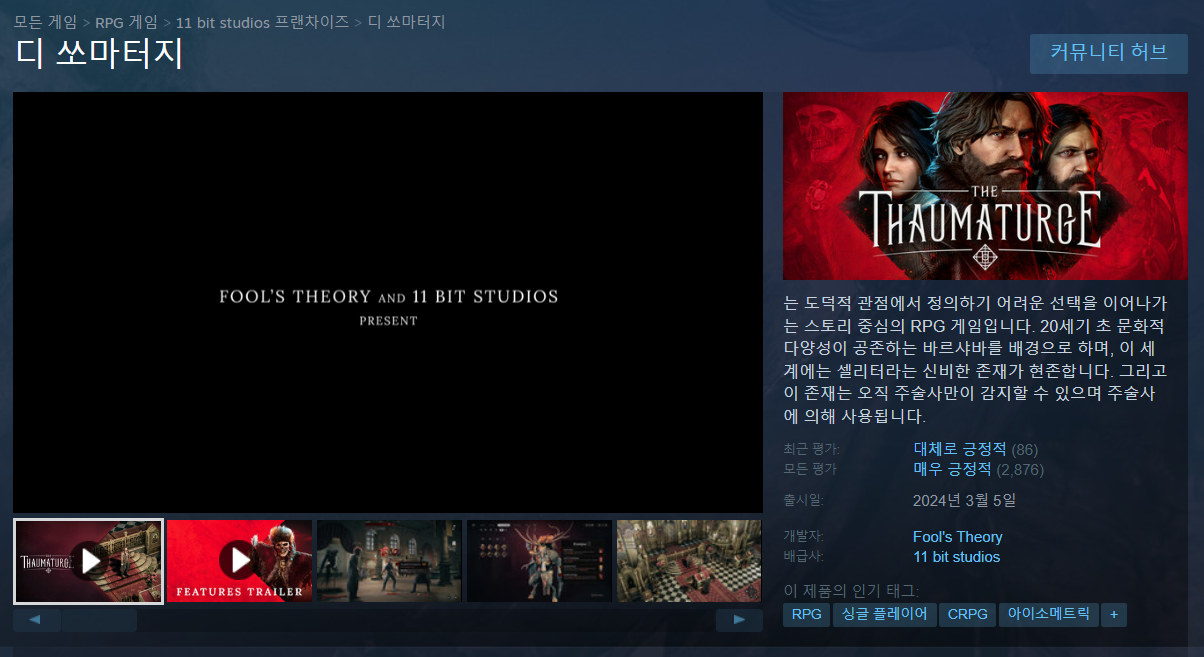
they list the game title in Korean and
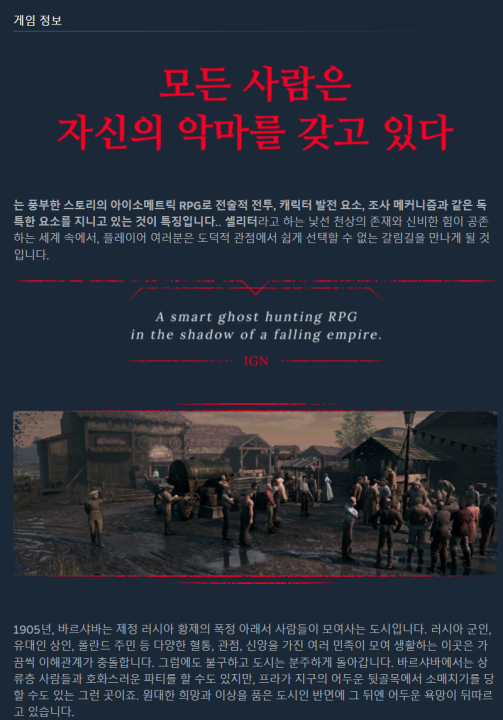
also provided the description in Korean, but
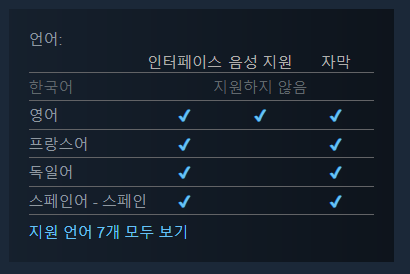
they didn’t actually localize the game in Korean!
I honestly felt like, “We want to sell this in Korea, so let’s put the title and description in Korean—but we don’t want to spend money on actual localization.” It left a really bad impression.
Thankfully, someone uploaded an AI translation, so I was able to play in Korean… but still.
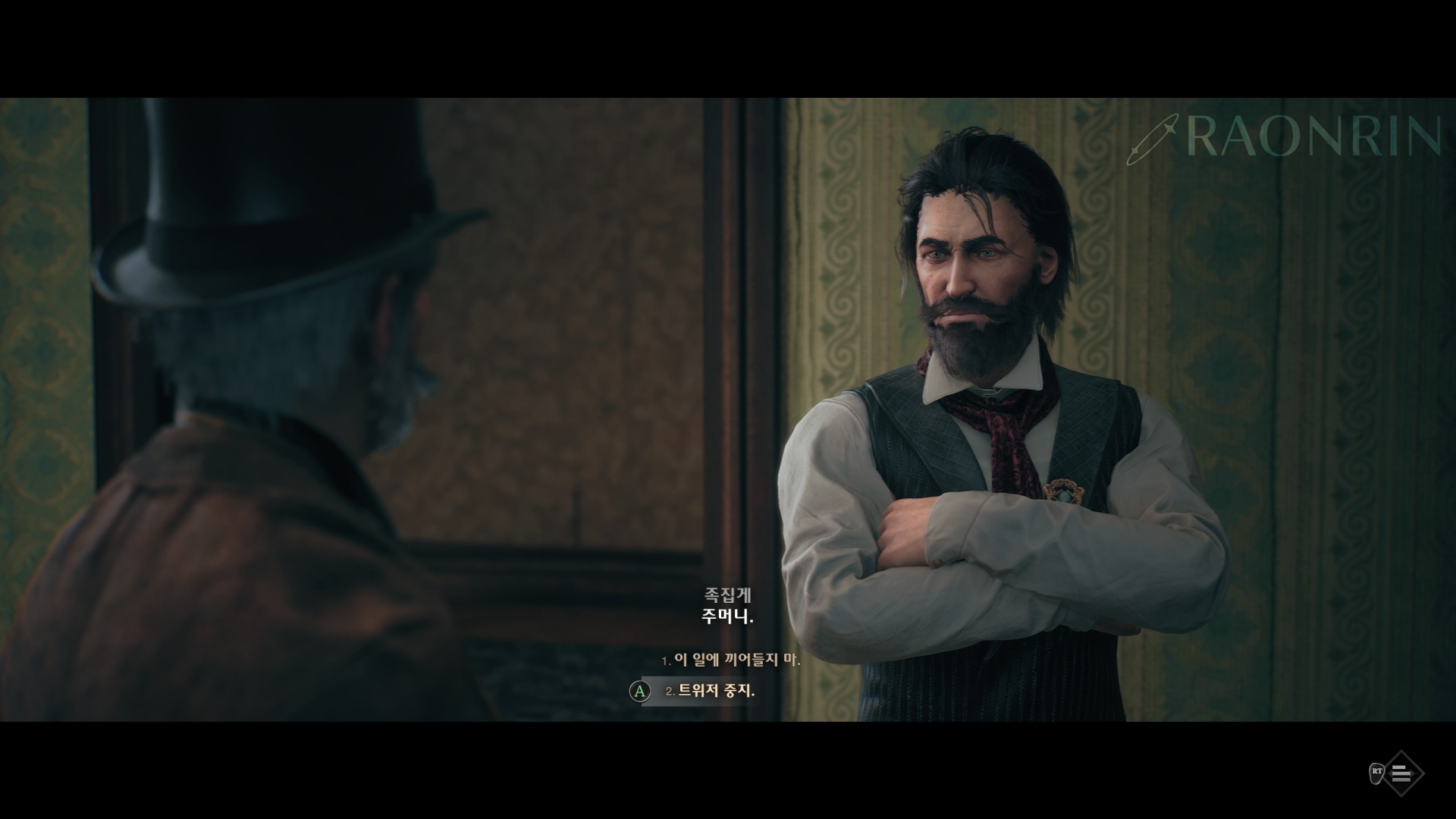
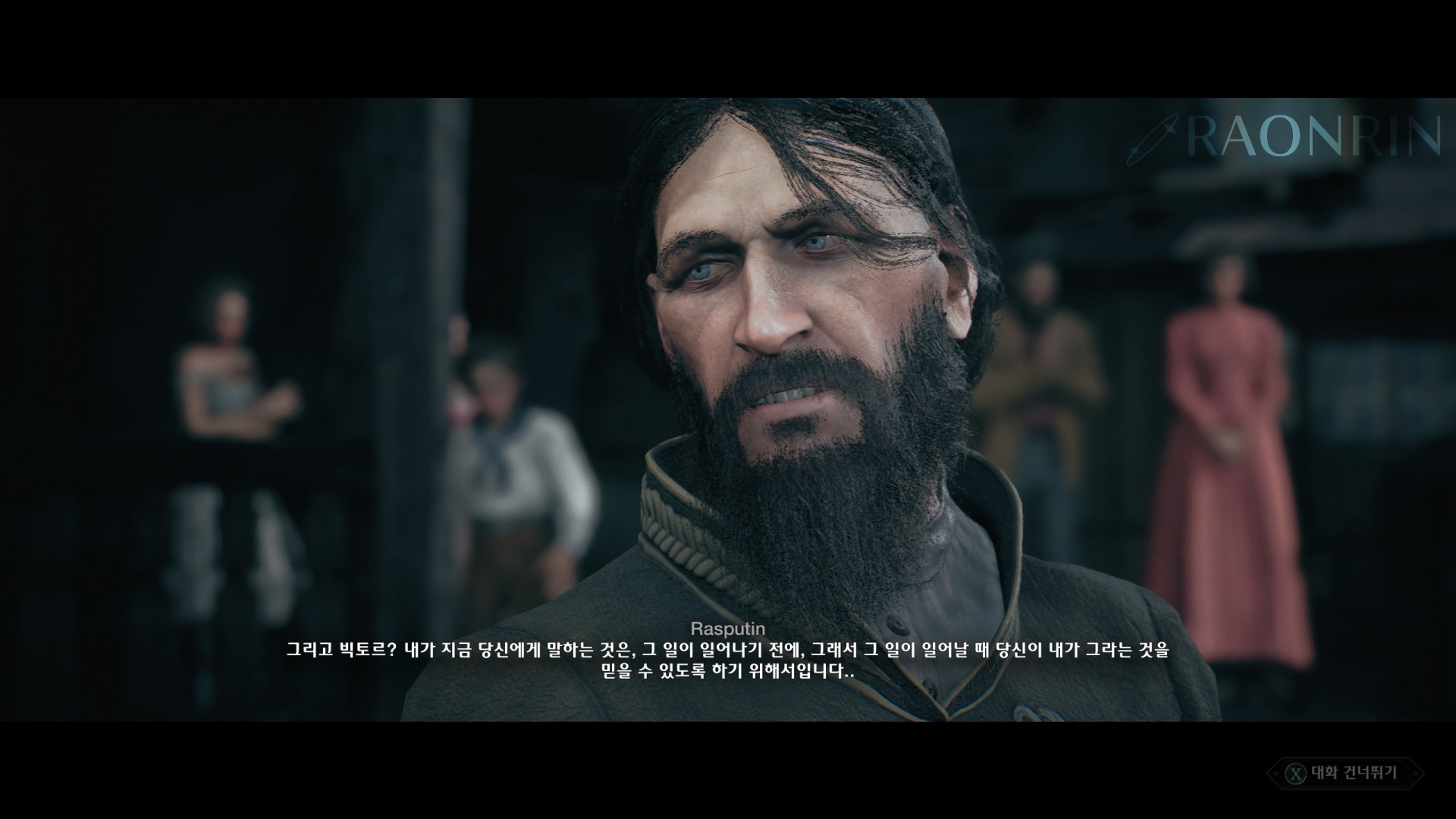
And Wiktor? What I’m telling you now is so that before that thing happens, when that thing happens, you can believe that I am that…
Being an AI translation, it’s not smooth. If the game’s story had been simple, the AI translation would have been sufficient, but this game follows a pattern of “who’s going to betray me?” and “who should I trust?” The dialogue from the characters themselves isn’t straightforward, making it difficult to understand through AI translation. When listening to the original audio, it’s not that the AI mistranslated anything(?), but rather that the characters often speak ambiguously, resulting in difficult-to-understand sentences like in the screenshot above. So it’s more infuriating that the developers only localized the title and description in Korean but didn’t actually localize the game itself.
Too Much Reading Material
This might not be an issue for native speakers, but for someone playing without localization, it was definitely a downside.
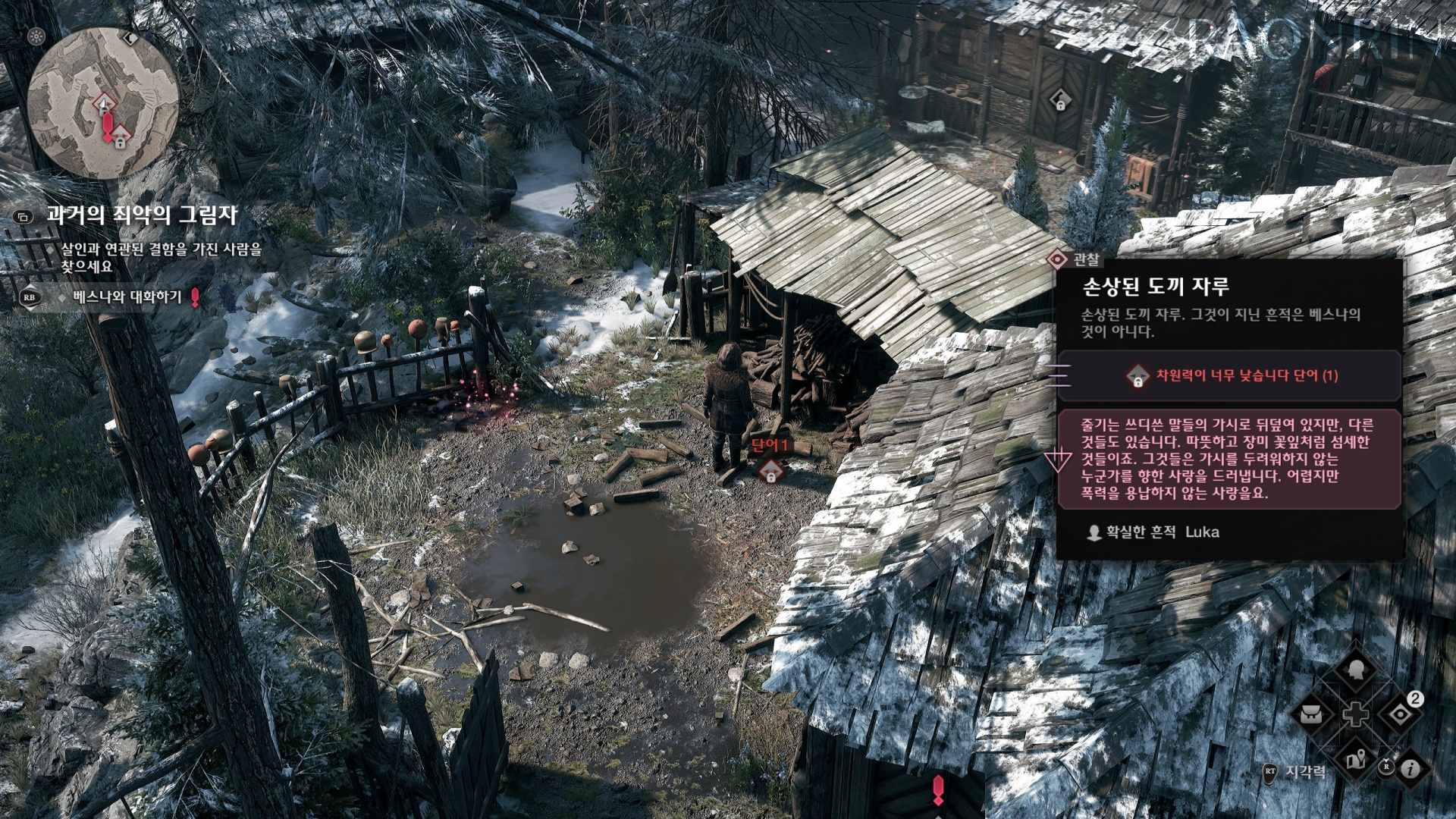
The investigation involves finding clues and piecing things together like this, but since I don’t actually need to deduce anything myself, I gradually started just skipping through and only looking at the conclusions. As the game progresses, having to search for things I won’t even read becomes increasingly annoying.
And on top of that, the playtime…?

I’ve played for 14 hours, but about one-third of that time was spent on unnecessary side quests just to level up my character. The main story is genuinely short. The game starts with a detective novel-like atmosphere, scattering what appear to be plot hooks and foreshadowing elements, but it feels like they’re simply thrown out there without purpose.
None of these scattered plot threads are properly resolved, and with the AI translation making things somewhat difficult to understand, the game suddenly presents you with an A/B choice right before the ending. However, the situation becomes confusing because option A is presented just as a seed of doubt about A is briefly introduced—before you have time to properly consider it. Meanwhile, option B involves a character you’ve barely interacted with, leaving you uncertain whether they can be trusted when you’re forced to make this decision. The game does hint that choosing A might lead to an unfavorable outcome, but the story ends very abruptly regardless. If you skip all the side content and focus solely on the main quest, it would probably take less than 10 hours to complete.

However, this game costs nearly $35. I personally received it through Humble Bundle Choice, but if I had purchased it at full price, I definitely wouldn’t be able to give it a positive review—perhaps only if I had bought it during a sale. What I find somewhat surprising is that the game still maintains mostly positive reviews despite these issues.
A somewhat overconfident introduction
Looking at the Korean-localized product page on Steam, the description reads as follows:
- “Write your own story”:
While the game does offer abundant choices, the different endings only vary slightly and don’t significantly impact the overall narrative.
- “Create your own character – Build your own sorcerer and handle various situations in diverse ways.”:
This is somewhat accurate, but it feels like there are predetermined useful Salutors and efficient combinations that work best.
- “Experience unique combat and defeat enemies through both physical combat and mental attacks using Salutors.”:
Wiktor in this game is made of paper and needs protection from Salutors, so physical combat is somewhat… questionable. The part about defeating enemies through mental attacks using Salutors is accurate, though.
- “Influence and manipulate other characters’ temperaments, controlling their actions to suit your preferences.”:
Absolutely not! While manipulation is possible, it’s not the main focus of the game. The so-called “manipulation” is simply finding predetermined clues and following scripted manipulation sequences. - “Master the power of Salutors – Use their unique skills to make situations flow as you desire. Explore the world with their power and bring enemies to their knees.”:
This is actually a strength. The novel combat system was enjoyable in the early stages. - “Explore the unique Warsaw of the early 20th century, reflecting historical authenticity. Meet historical figures and see how they’re woven into the story.”:
As mentioned earlier, everything from modeling to animation creates an unpleasant uncanny valley effect, making the cutscenes genuinely poor and thus not particularly engaging. The lack of proper localization probably contributed to this as well. - “Walk through a beautiful and sophisticated world created with Unreal Engine 5.”:
This is an outright lie. The graphics fail to utilize any of Unreal Engine 5’s advantages. Haven’t the developers even played their own game? How can they list Unreal Engine 5 as a selling point when looking at these graphics? Using Unreal Engine 5 only makes things look decent from a distance, but examining the details reveals countless half-hearted elements.If they wanted to promote this as a feature, they should have at least shown the courtesy of using MetaHuman.
Overall
Looking back, I realize I’ve written mostly about the game’s flaws, but that doesn’t mean it’s completely unplayable. If a game is truly unplayable for me, I wouldn’t even reach the ending. This is still a playable game, but it has far too many shortcomings. Of course, it’s not worth the $35 price tag—it would be worth playing if it were priced at around $10 or less. Despite its anticlimactic nature, since the main story can be completed in under 10 hours, it’s worth trying if you want to experience a somewhat different style of game. Still… there’s a reason it ended up bundled in Humble Bundle Choice, isn’t there…